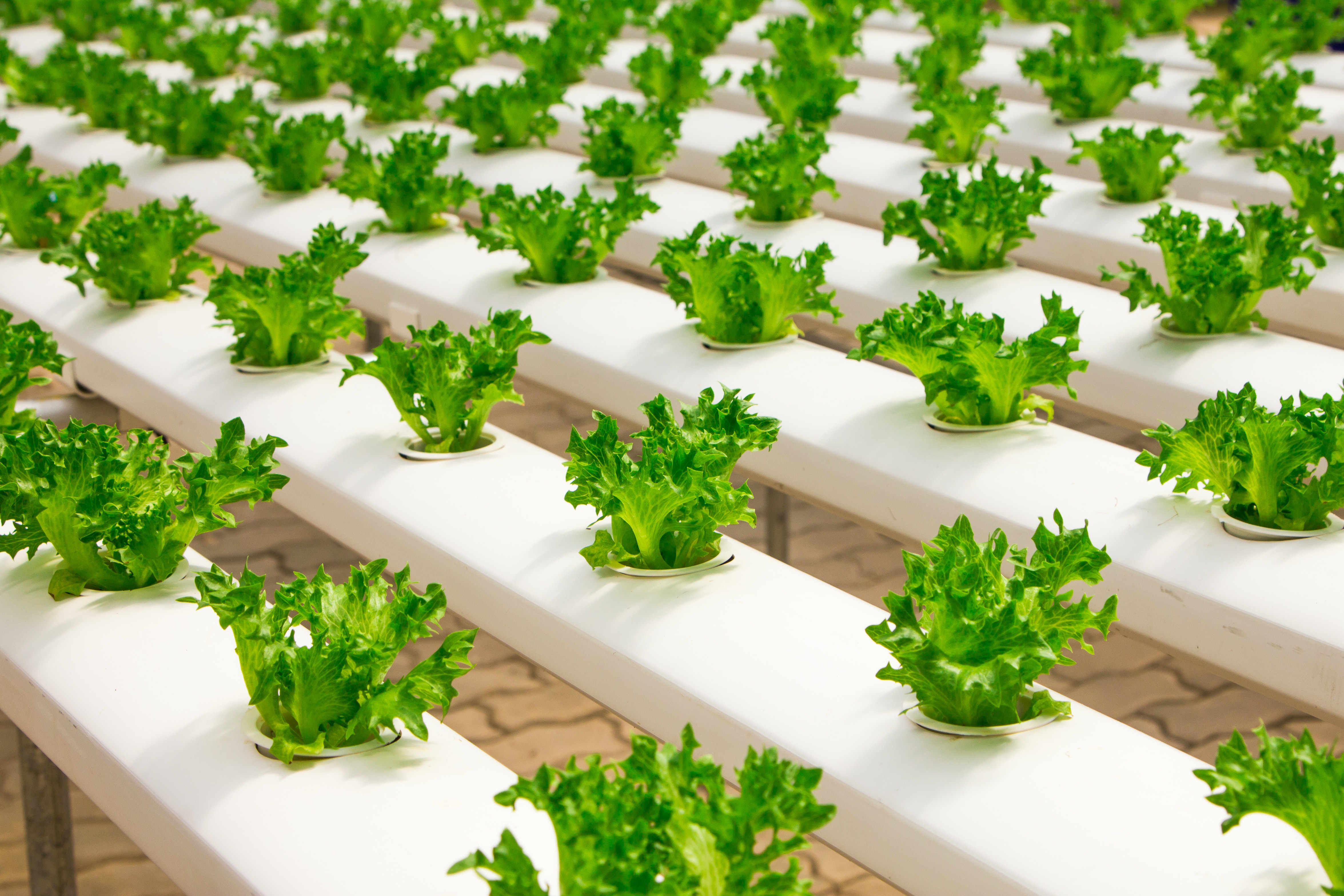The Futuristic Farms That Will Feed the World
The Futuristic Farms That Will Feed the World
The world is facing a growing food demand, with a population
expected to reach nearly 10 billion people by 2050. This presents a major
challenge for farmers, who must find ways to increase food production and
distribution while also protecting the environment. To meet this challenge, the
future of farming will involve a combination of innovative technologies and
sustainable practices.
Some of
the trends shaping the future of farming include:
Precision agriculture:
Precision agriculture is a data-driven approach to farming
that uses technology such as drones, sensors, and data analytics to monitor and
manage crops. The goal is to use this technology to make informed decisions
about when and how to fertilize, water, and manage pests, in order to optimize
crop production and reduce waste. Precision agriculture is based on the idea
that every field is unique, and that by using technology to collect and analyze
data, farmers can make better decisions about how to grow crops.
Precision agriculture starts with data collection. Farmers
use drones, sensors, and other technologies to gather information about soil
moisture levels, temperature, and other conditions in their fields. This data
is then analyzed and used to make informed decisions about when and how to
fertilize, water, and manage pests.
For example, precision agriculture can help farmers
determine the right amount of water and fertilizer to apply to their crops. By
using sensors to monitor soil moisture levels, farmers can avoid over-watering
or over-fertilizing, which can be harmful to the environment and reduce crop
yields. Similarly, precision agriculture can help farmers to identify and
manage pests more effectively. By using sensors and other technologies to
detect pests, farmers can respond more quickly and with more precision,
reducing the need for broad-spectrum pesticides and minimizing their impact on
the environment.
Vertical farming:
Vertical farming is a type of agriculture where crops are
grown in vertically stacked layers in a controlled environment. The plants are
grown in shelves or trays that are stacked on top of each other, and they
receive the necessary light, water, and nutrients from an artificial light
source and an automated irrigation system. This method of agriculture is often
carried out in tall, multi-story buildings or greenhouses, where crops are
grown without soil and without natural light.
Vertical farming is a revolutionary approach to agriculture that has the potential to revolutionize the way we grow and produce our food. With its numerous benefits, including increased food security, reduced water usage, and protection from pests and diseases, it has the potential to change the face of agriculture as we know it. Despite its challenges, vertical farming is an exciting and promising area of agriculture that is worth exploring further.
Aquaponics:
Aquaponics is a method of agriculture that combines
aquaculture and hydroponics to create a closed-loop system where fish and
plants are grown together in a symbiotic relationship. The waste produced by
the fish provides the nutrients needed for the plants to grow, and the plants
clean the water that is then recirculated back to the fish. This creates a
self-sustaining ecosystem where both the fish and the plants can thrive.
Aquaponics is a revolutionary approach to agriculture that
has the potential to revolutionize the way we grow and produce our food. With
its numerous benefits, including increased food security, reduced water usage,
and protection from pests and diseases, it has the potential to change the face
of agriculture as we know it. Despite its challenges, aquaponics is an exciting
and promising area of agriculture that is worth exploring further. As the world
faces growing challenges related to food security and the impact of agriculture
on the environment, aquaponics offers a sustainable and efficient solution that
could help to shape the future of agriculture.
Robotics and automation:
The agriculture industry is undergoing a transformation,
with advancements in robotics and automation playing a significant role in
shaping the future of farming. These technologies are helping to increase
efficiency, reduce labor costs, and improve crop yields, making it a more
sustainable and profitable industry.
Robotics and automation are changing the face of
agriculture, providing farmers with new tools to increase efficiency, reduce
labor costs, and improve crop yields. While there are challenges to the
adoption of these technologies, the benefits they provide make it a promising
area for the future of agriculture. As the world population continues to grow,
and the demand for food increases, the role of robotics and automation in
agriculture will become increasingly important. The future of farming is
exciting, and with the help of robotics and automation, it has the potential to
become more sustainable, profitable, and efficient.
Sustainable practices in agriculture
Agriculture is a critical industry that provides the world
with food and fiber, but it also has a significant impact on the environment.
From deforestation to soil degradation and water pollution, the traditional
methods of farming can have negative consequences on the planet. However, there
is a growing movement towards sustainable agriculture, which seeks to minimize
the environmental impact of farming while maintaining profitability and
productivity.
Sustainable agriculture is a critical component of a greener
future, offering a path towards more environmentally-friendly and economically
viable farming. By incorporating practices such as conservation tillage, crop
rotation, integrated pest management, and water conservation, farmers can
reduce the environmental impact of farming while maintaining profitability and
productivity. As the world population continues to grow, the importance of
sustainable agriculture will only increase, making it a critical area of focus
for the future of farming.







.png)




No comments yet